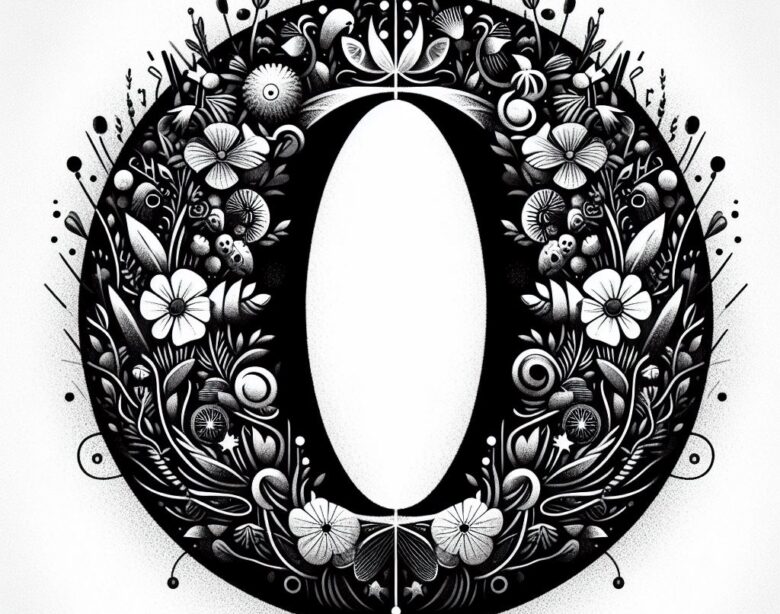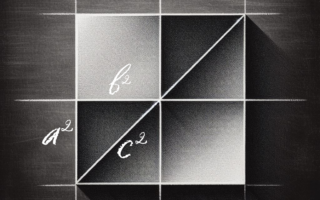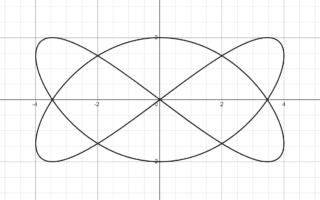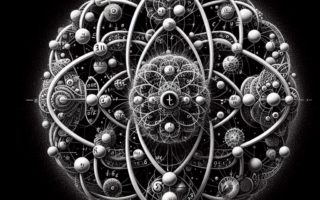Zero: A Void Transformed into a Mathematical Powerhouse
In the vast landscape of mathematics, one tiny symbol stands as a silent revolution — the number zero. Its journey from a placeholder to a fundamental concept in mathematics is a fascinating tale that spans cultures, centuries, and mathematical revolutions.
Early Absence and Placeholder Beginnings
In ancient civilizations, the concept of zero was notably absent. Early mathematicians utilized ingenious methods to represent the absence of a quantity, often employing spaces or placeholders. The ancient Babylonians, for example, left gaps in their numerical notations to signify the absence of a digit.
Indian Innovations: Shunya and the Birth of Zero
The transformative breakthrough in the history of zero occurred in ancient India. The concept of zero, known as “shunya” in Sanskrit, emerged as a placeholder, indicating the absence of a value. Indian mathematicians, including Brahmagupta in the 7th century, provided rules for arithmetic operations involving zero and recognized zero as a legitimate number.
Zero Reaches the Islamic World
Through trade and intellectual exchange, the concept of zero reached the Islamic world. Mathematicians like Al-Khwarizmi and Al-Kindi contributed to the development of zero and its integration into mathematical systems. The Persian mathematician Al-Khwarizmi, in particular, introduced the idea of algorithms and the use of zero in solving equations.
Zero in Medieval Europe: Controversy and Acceptance
The introduction of zero to medieval Europe was met with skepticism and resistance. European mathematicians struggled with the concept, viewing it as an unsettling void. However, by the 13th century, Italian mathematician Fibonacci played a crucial role in popularizing the Hindu-Arabic numeral system, including zero, through his influential book “Liber Abaci.”
Renaissance and Zero’s Integration into Calculus
As mathematics evolved, zero became integral to the development of calculus. Mathematicians like John Wallis and Isaac Newton embraced zero as a crucial component in their mathematical frameworks. Zero’s role expanded from a mere placeholder to a foundational element in limit theory and the rigorous study of functions.

Zero in the Digital Age: Binary Code and Computing
The digital age witnessed the profound impact of zero in the realm of computing. Binary code, the language of computers, relies on the presence and absence of zero to represent information. The binary system, with its efficient use of zero and one, forms the backbone of modern computing technology.
In Modern Classrooms
The concept of zero serves as a cornerstone in the realm of mathematics, permeating various branches and laying the groundwork for fundamental principles such as inverse operations and additive identity. In arithmetic, zero represents the absence of quantity, allowing for the representation of empty sets and the foundation of numerical systems. It serves as the additive identity, meaning that any number added to zero yields the original number itself. Additionally, zero plays a crucial role in inverse operations, facilitating the understanding of subtraction as the inverse of addition and allowing for simple algebraic operations. This concept of two numbers that add to zero or opposites is the basis of understanding negative real numbers and transitioning students to algebraic operations. Through its omnipresence in mathematical operations, the concept of zero not only provides a framework for numerical manipulation but also fosters deeper insights into the interconnectedness of mathematical concepts.
Conclusion: Zero’s Infinite Impact
From its humble beginnings as a placeholder to its pivotal role in the digital age, the history of zero reflects the dynamic evolution of mathematical thought. Zero has transcended its early symbolism, becoming a powerful tool in calculations, a cornerstone of mathematical philosophy, and a linchpin in the technology that defines our modern world. As we delve into the mathematical concept of zero, we unveil a story that encapsulates the ingenuity, cultural exchange, and transformative power inherent in the history of mathematics.
More Information:




